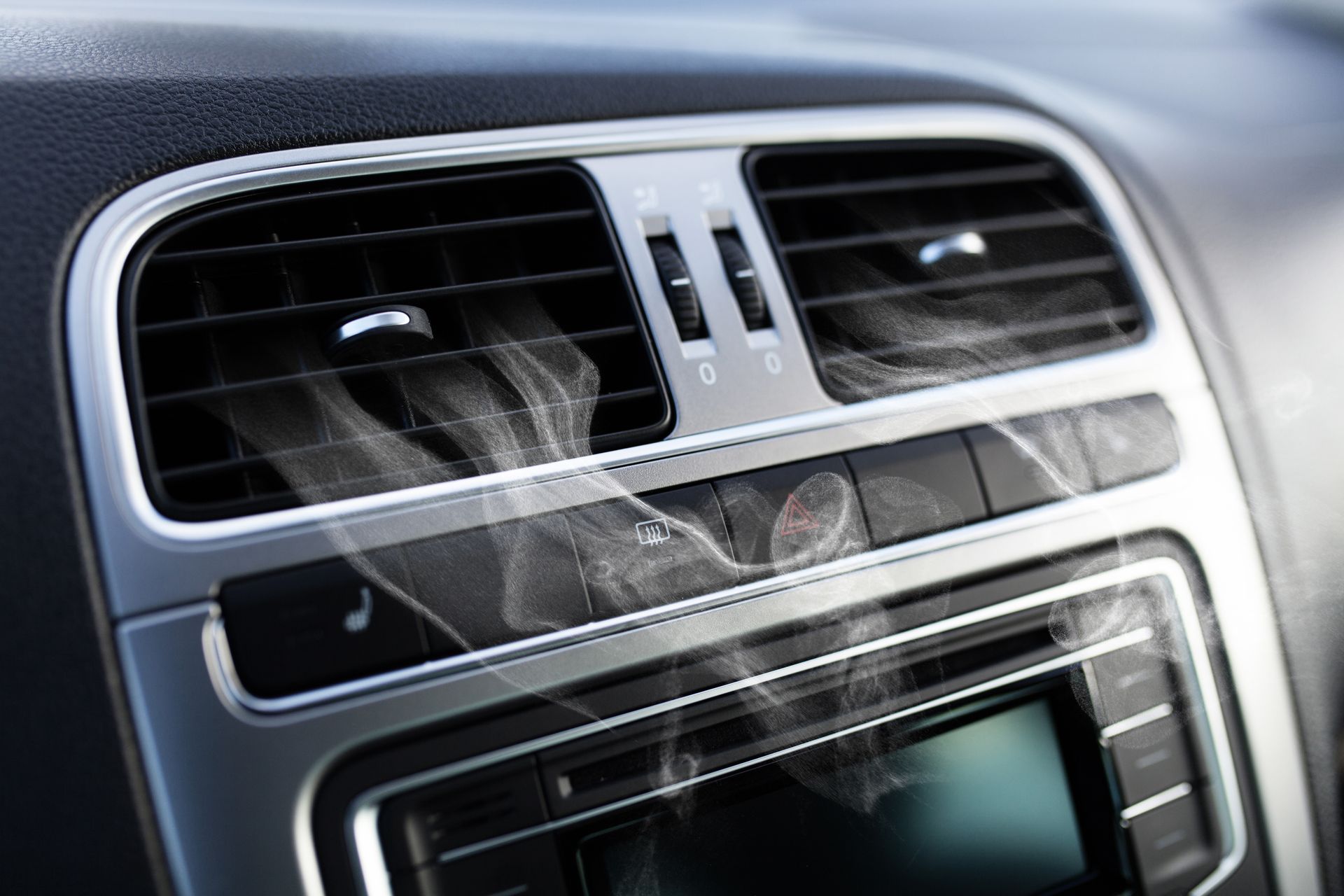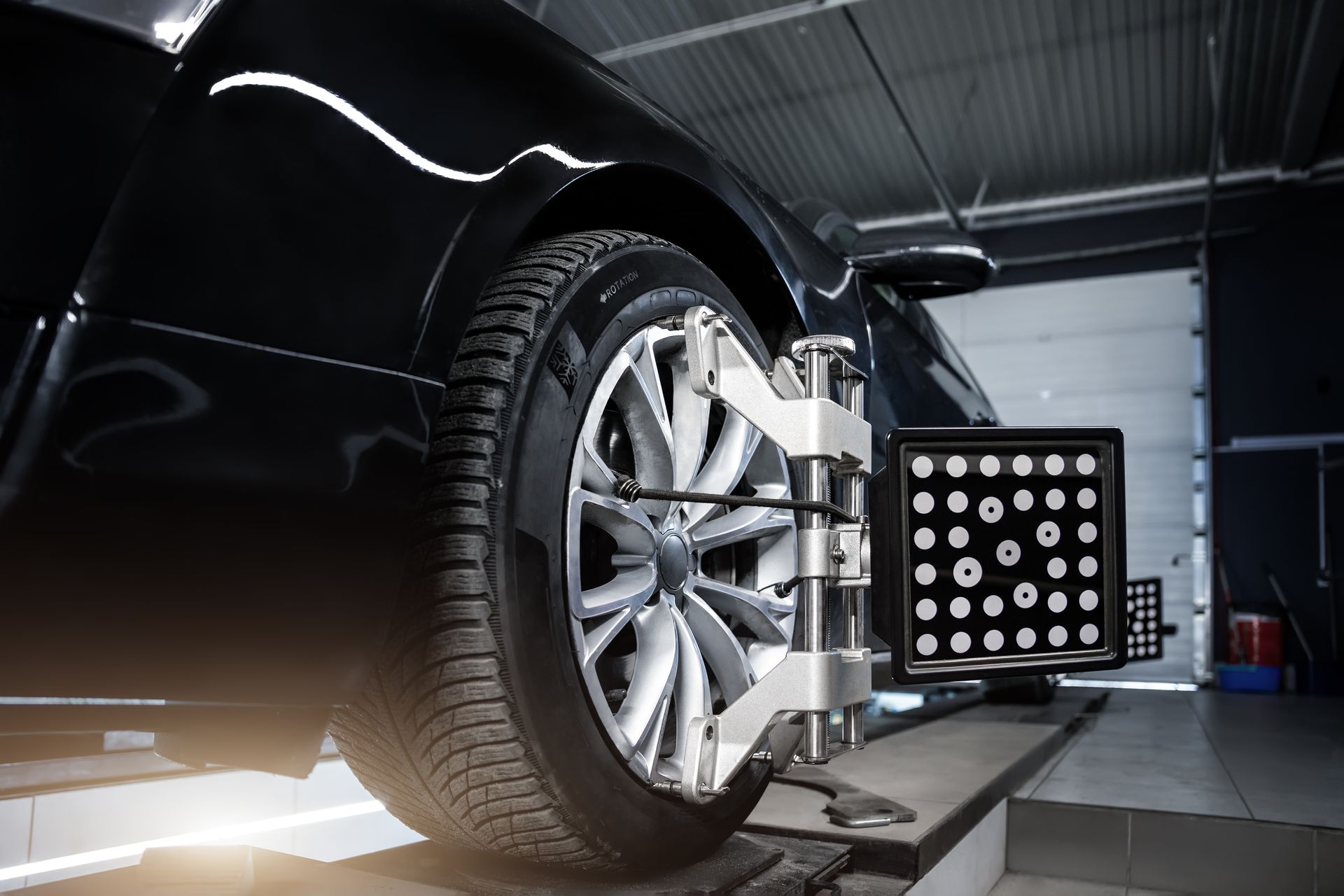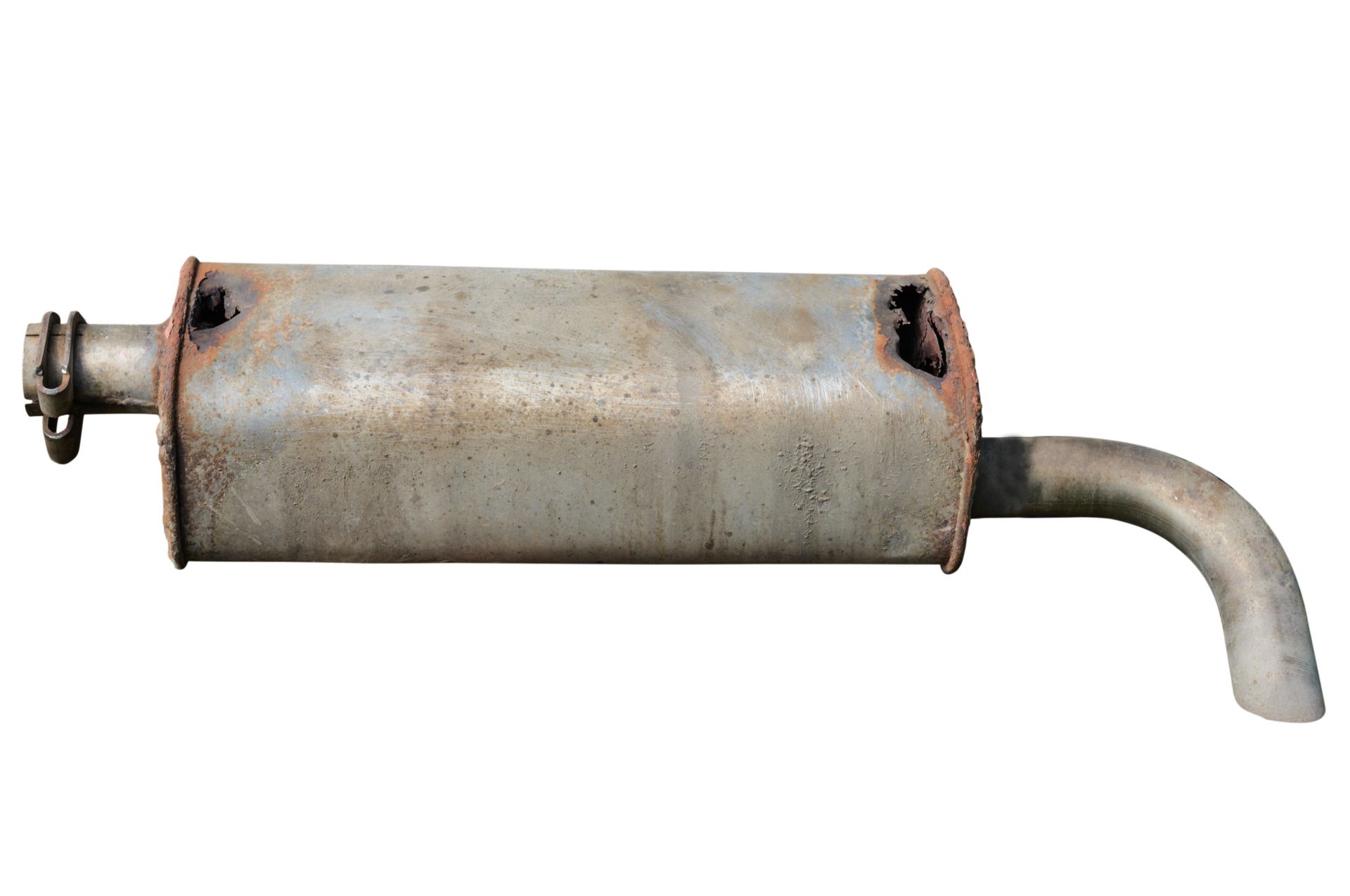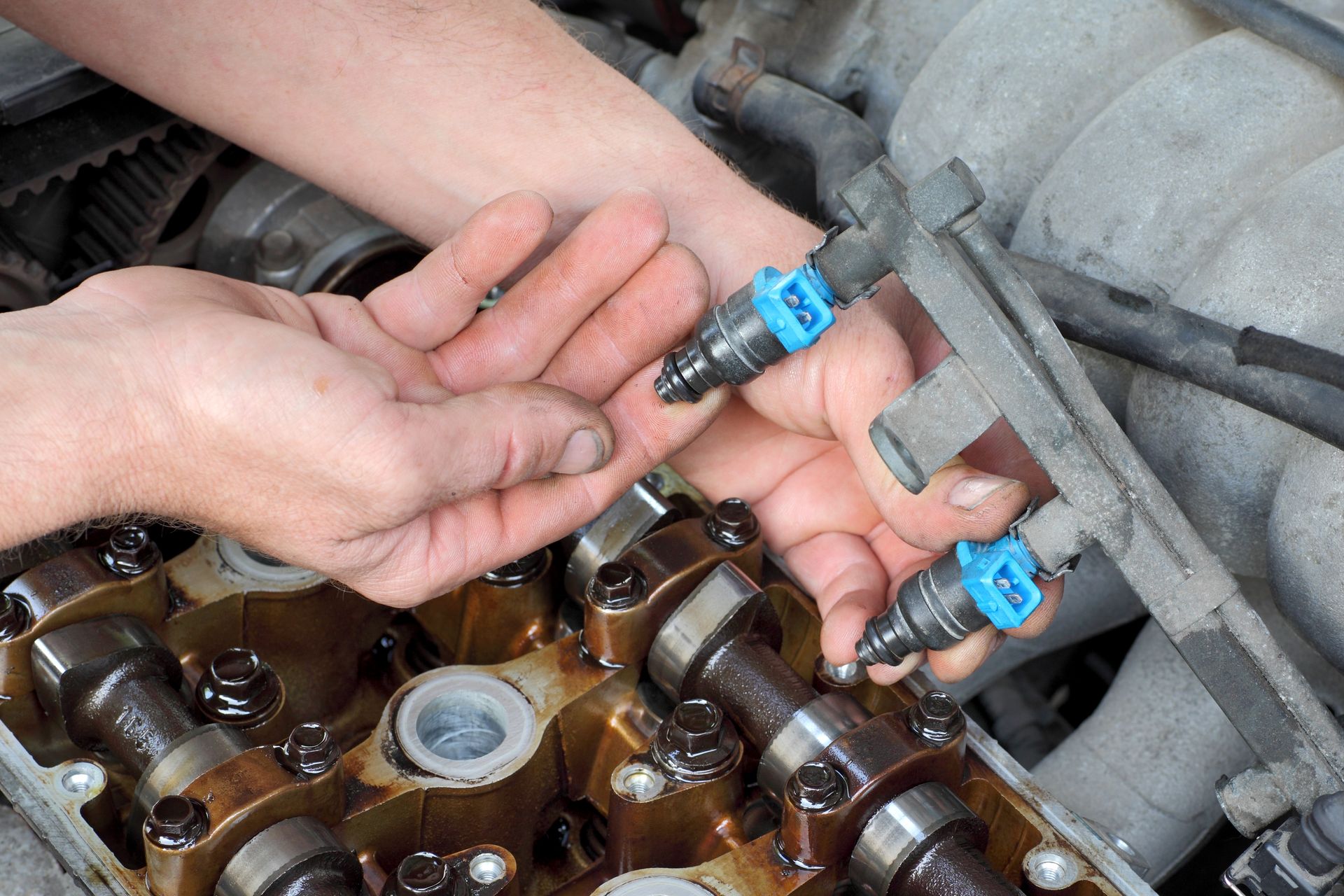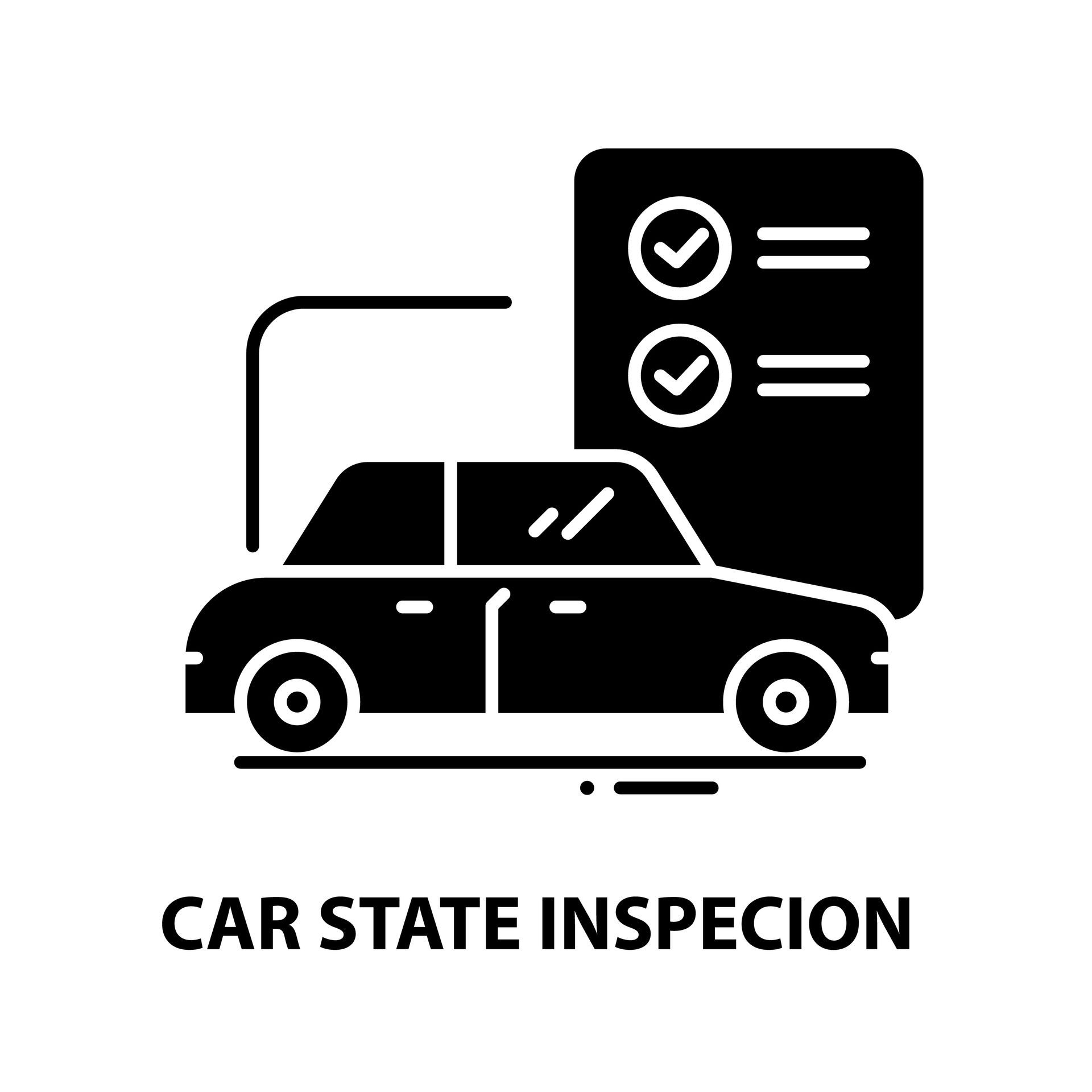We’ve all seen the fuel light come on and thought, “I can make it a little farther.” But consistently running your gas tank close to empty does more than risk getting stranded. Over time, it can take a toll on your fuel system and even lead to avoidable repairs.
Here’s why keeping your gas tank topped off matters more than most drivers realize.
Fuel Pumps Rely on Gas for Cooling
The electric fuel pump inside your gas tank is designed to stay submerged in fuel. That fuel acts as both a lubricant and a cooling agent. When the tank runs low, the pump is exposed and can overheat. Repeated exposure to high temperatures weakens the pump over time, increasing the risk of failure. Replacing a fuel pump is expensive, especially compared to the cost of keeping your tank at least a quarter full.
Sediment at the Bottom of the Tank Can Get Pulled In
Over time, small amounts of dirt and debris can settle at the bottom of your fuel tank. When you run low on gas, your pump may start pulling this sediment through the fuel lines. This can clog your fuel filter and strain your injectors, leading to poor performance or stalling.
While filters help block debris, they can only do so much. If the system becomes too dirty, it may cause damage that requires professional cleaning or replacement of fuel components.
Increased Risk of Condensation in the Tank
Tanks that are frequently low on fuel are more prone to condensation, especially during cooler weather. Moisture builds up on the walls of the tank and drips into the gas. Too much water in the fuel system can reduce engine efficiency, cause sputtering, or lead to corrosion in fuel lines.
By keeping the tank fuller, there's less room for air and moisture to collect, helping reduce the chance of water-related issues.
Sudden Power Loss or Engine Stalling
When your fuel level is low, the fuel pump may draw in air along with gasoline. This air pocket can disrupt fuel delivery, causing your engine to sputter or stall. You might notice hesitation during acceleration or rough idling. In traffic, this can create a dangerous situation if your car suddenly loses power.
Consistent low-fuel driving creates more chances for these symptoms to appear, especially if your vehicle is already showing signs of wear.
Strain on the Fuel System During Cold Weather
In colder months, low fuel can cause additional stress on the fuel system. Cold air combined with low gas levels means more room for condensation, and water in the gas tank can freeze. This ice can block fuel lines or filters, preventing your car from starting.
Keeping your tank closer to half full or more is a simple habit that can protect your car during the winter season.
Better Performance with More Consistent Fuel Levels
Engines tend to perform more consistently when they have a steady supply of fuel at proper pressure. Letting your gas level drop often can cause fluctuations in pressure, which may affect how smoothly your vehicle accelerates or idles. While you might not notice it at first, long-term fuel pressure instability can wear out key parts faster.
How Low Is Too Low?
Most experts recommend not letting your gas tank drop below one-quarter full. While modern cars can technically operate below that level, doing so repeatedly increases the risks described above. That fuel light isn't just a suggestion to refuel soon, but a reminder to avoid running your car dry.
Protect Your Fuel System at Three Suns Auto Care in Media, PA
If you’ve been running low on gas frequently or notice signs like rough starts, stalling, or poor fuel economy, it may be time for a fuel system inspection. At Three Suns Auto Care in Media, our technicians can check your fuel pump, filter, and injectors to make sure everything is working as it should.
Stop by or book a visit today to keep your car running clean and reliable.



